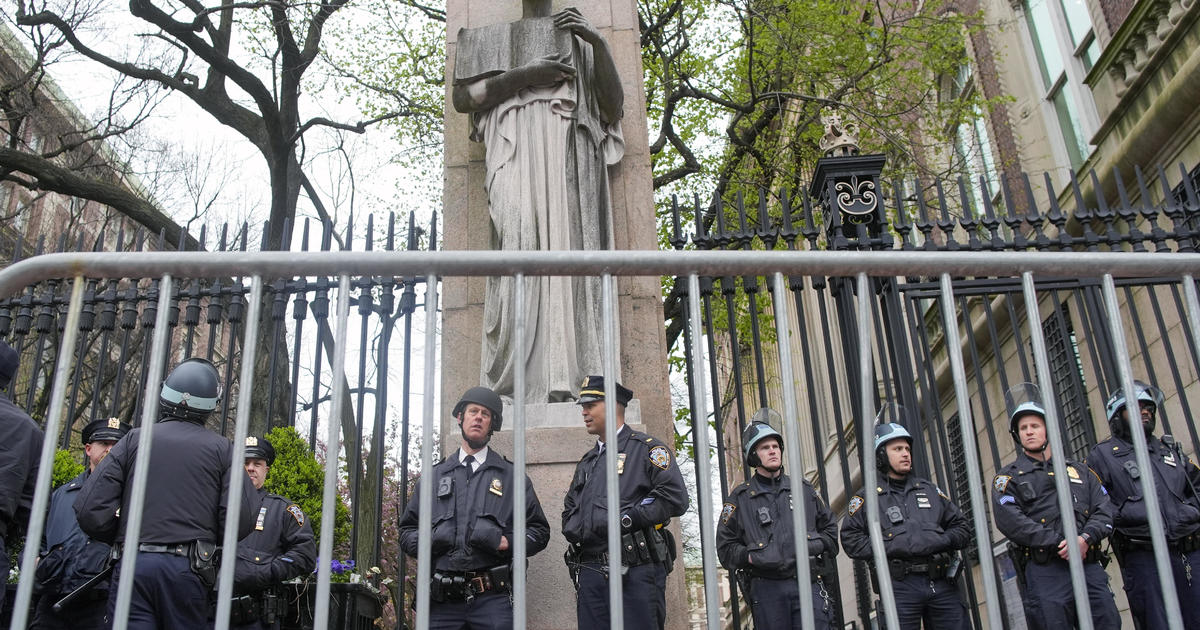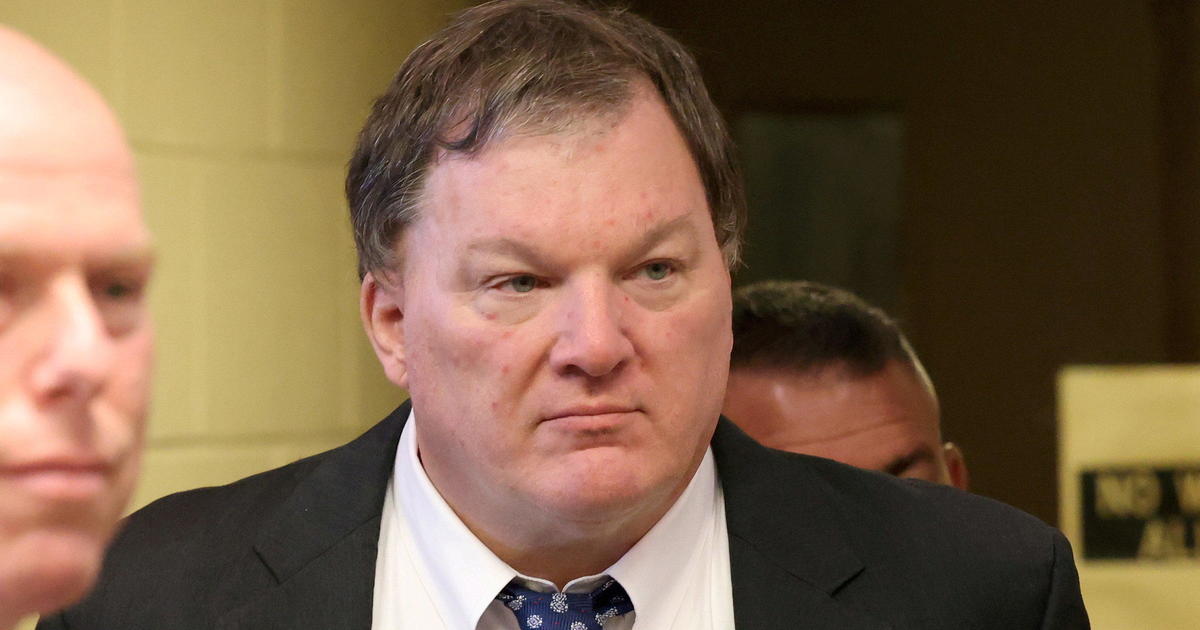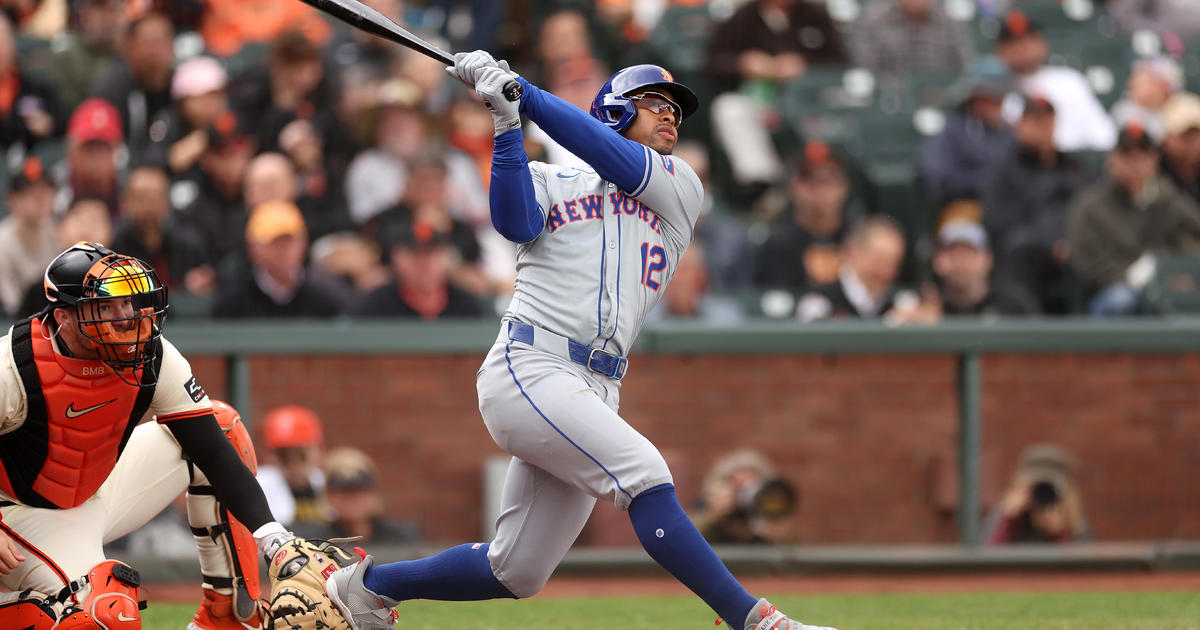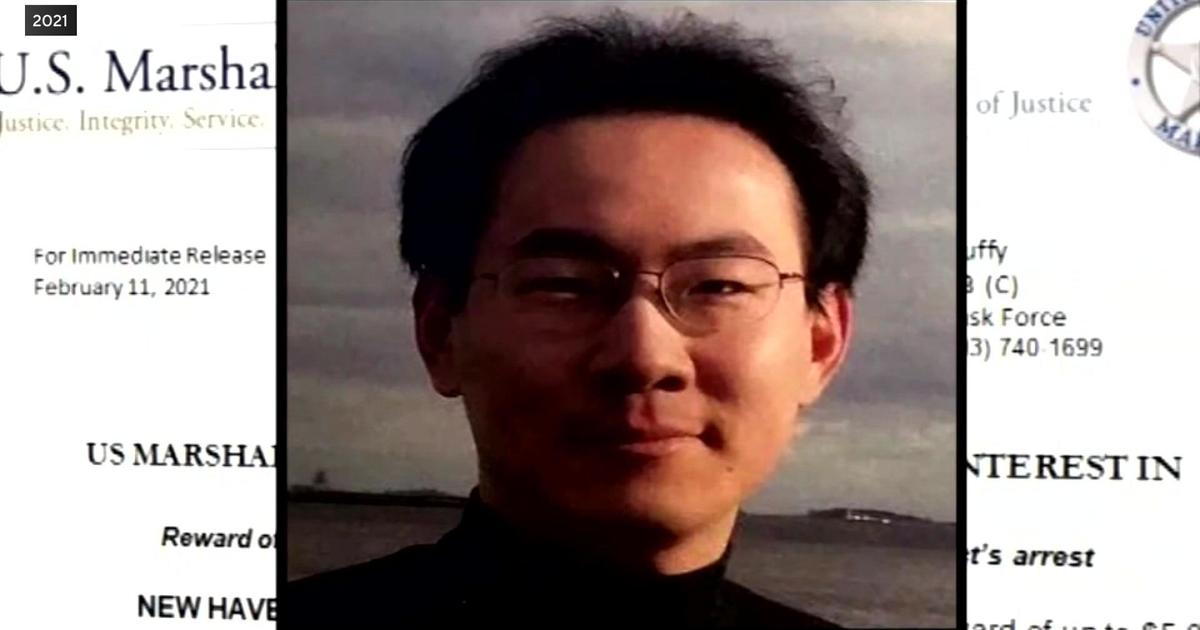Injury Breakdown: On the Cuff
by Abby Sims
Jenrry Mejia, the NY Mets twenty year-old top pitching prospect reportedly complained of shoulder stiffness after his last start in Double A on Sunday and was diagnosed yesterday with a posterior rotator cuff strain. That probably means that he has inflammation of the external (outward) rotators and somehow overused these muscles during play. The Mets are putting on an optimistic face but are probably stressing big time because whichever way you look at it, Mejia represented the future – at Citifield or as trade bait.
Shoulder problems seem to be the predominant injury of no choice in Major League Baseball, especially amongst pitchers. Of the 33 players currently out with shoulder diagnoses, 30 are pitchers, six of whom reportedly suffer from rotator cuff issues. John Maine of the Mets has been out with cuff tendinitis, as has Texas Rangers pitcher Derek Holland. Bobby Seay of the Tigers was diagnosed with a rotator cuff tear in spring training this year and when given the choice to have surgery or try rehab, he opted to go the conservative route. Unfortunately though, he remains unable to pitch without pain. Seay's teammate, Eric Hurley, was out of action last season after having rotator cuff surgery but is reportedly out at this point due to a third surgery on his wrist – his shoulder remains untested. As for the 2010 surgical front, both the Astros' Alberto Arias and Dustin McGowan of Toronto underwent rotator cuff repairs and won't see any playing time this year.
Recent blog posts delved into a couple of other shoulder girdle problems – specifically labral tears (Eric Bedard) and AC sprains (Sam Bradford). This third piece in the shoulder series focuses on the Rotator Cuff and Shoulder Impingement.
What is the Rotator Cuff?
Four muscles that originate on the shoulder blade (scapula) all essentially converge into a common tendon to attach at the front, top and back of the head of the humerus (the bone of the upper arm). Collectively, they constitute the rotator cuff. You may recall that tendons connect muscle to bone. Those of the rotator cuff are no different.
The muscles that contribute to this tendon are responsible for different actions. The Subscapularis tendon is the foremost. Its muscle belly is on the undersurface of the scapula and the tendon wraps around the front of the humeral head. The action of the muscle is to internally (inwardly) rotate the humerus By virtue of its location, the subscapularis tendon also helps to protect the front of the shoulder. The Supraspinatus, insertion is the uppermost of the cuff tendons. When it contracts, the supraspinatus raises the arm out to the side (abducts). Infraspinatus & Teres Minor, the next two in order of attachment, are the primary external rotators of the shoulder. These tendons come around the back of the head of the humerus, thereby providing the leverage to rotate the bone outward.
Why is the Cuff so Important and how is it Injured?
In addition to enabling the shoulder to move in the directions described, the muscles of the rotator cuff help to foster normal mechanics of the joint. Weakness and strength imbalances of the cuff lead to abnormal mechanics, which then result in injury. This is particularly so when combined with the increased demand of sports or other repetitive overhead activities.
When they have rotator cuff problems, younger people tend to suffer from tendinitis, which is simply an inflammation of a tendon. The cuff tendon most likely to be involved is the supraspinatus tendon because of its uppermost position immediately below the hood of the shoulder, known as the acromion.
The narrow space below the acromion can be narrowed even further by poor posture, by variations in the shape of the acromion itself and by the presence of bone spurs. This space also becomes smaller when the outward rotators are weak and do not adequately control the position of the head of the humerus when the arm is elevated overhead. The end result is impingement of the cuff tendons.
"Impingement" is as it implies – a pinching of the structures involved. At first the tendons just become inflamed. The swelling that accompanies this inflammation can further diminish the "subacromial space" and create a vicious cycle. Over time, the wear and tear from impingement leads to degenerative changes of the tissue, and that is called tendinosis. I liken tendinosis to gliding a rope back and forth over a rock until the rope begins to fray. Give it a little more time and overuse, and the fraying of the cuff tendons in the over 40 crowd (of recreational athletes…) results in degenerative rotator cuff tears.
Younger athletes with cuff tears are generally those who do an inordinate amount of overhead activities like pitching. Overuse and irregular pitching mechanics can also play a role in predisposing these players to injury.
Another cause of rotator cuff tears is outright trauma, such as in a dislocation. A traumatic tear of the cuff is also the likely outcome for the person who holds onto a banister for dear life as he falls down a flight of stairs.
Loss of mobility in the shoulder joint, whether from inflammation, scar tissue that forms in response to inflammation, immobilization, or disuse can make impingement more likely. Mobility must be restored to provide normal joint function, lessen the risk of injury and ensure the success of surgery (if it becomes necessary). If your shoulder hurts and you are simply resting it hoping to feel better, you will likely lose mobility in the joint. See a medical professional and take a proactive approach to treatment. Rest alone is not the answer.
Does a Tendon Tear All The Way Through? Then What?
Most degenerative tears of rotator tendons are partial thickness – they don't extend through the entire structure – as when you just begin to cut a piece of meat. Other tears are full thickness, as though a piece of meat is cut from top to bottom but remains attached to the rest of the piece. In the case of a complete tear, or rupture, total detachment occurs, separating one end of the tendon from the other. These result in complete loss of use of the involved muscle/tendon unit – it cannot be rehabilitated or strengthened without surgical repair. Repairs are also performed on partial and full thickness tears that are not complete tears. The choice to have surgery generally depends on the extent of a tear, the age of the patient, the demands of the individual's activities as well as the mobility and overall health and function of the shoulder joint. Generally surgery is for more than one condition rather than an isolated cuff repair. This is because issues such as impingement must also be addressed in order to have a favorable outcome.
Abby Sims is an orthopedic and sports physical therapist who has been in private practice in NYC for the past 30 years (you may be familiar with her husband, sportscaster & WFAN alum Dave Sims). Abby has a Masters of Science in Physical Therapy from Duke University and has extensive experience working with professional, collegiate and recreational athletes with musculoskeletal injuries – both non-operative and operative. She has also enjoyed lecturing at many medical conferences. Abby looks forward to responding to your questions or writing about topics that you suggest. For more information about Abby, or her practice, please check out www.RecoveryPT.com as well as www.AthletiSense.com.



